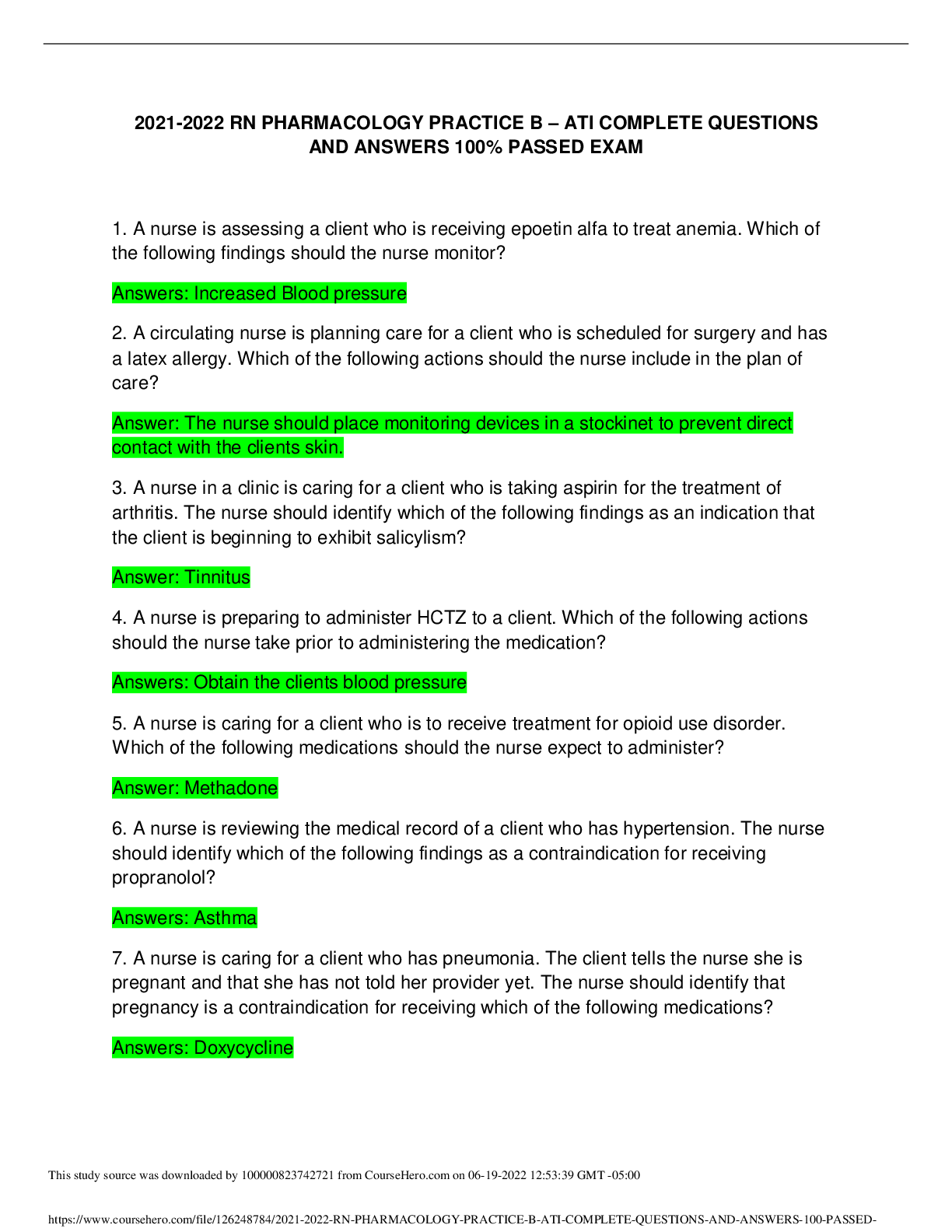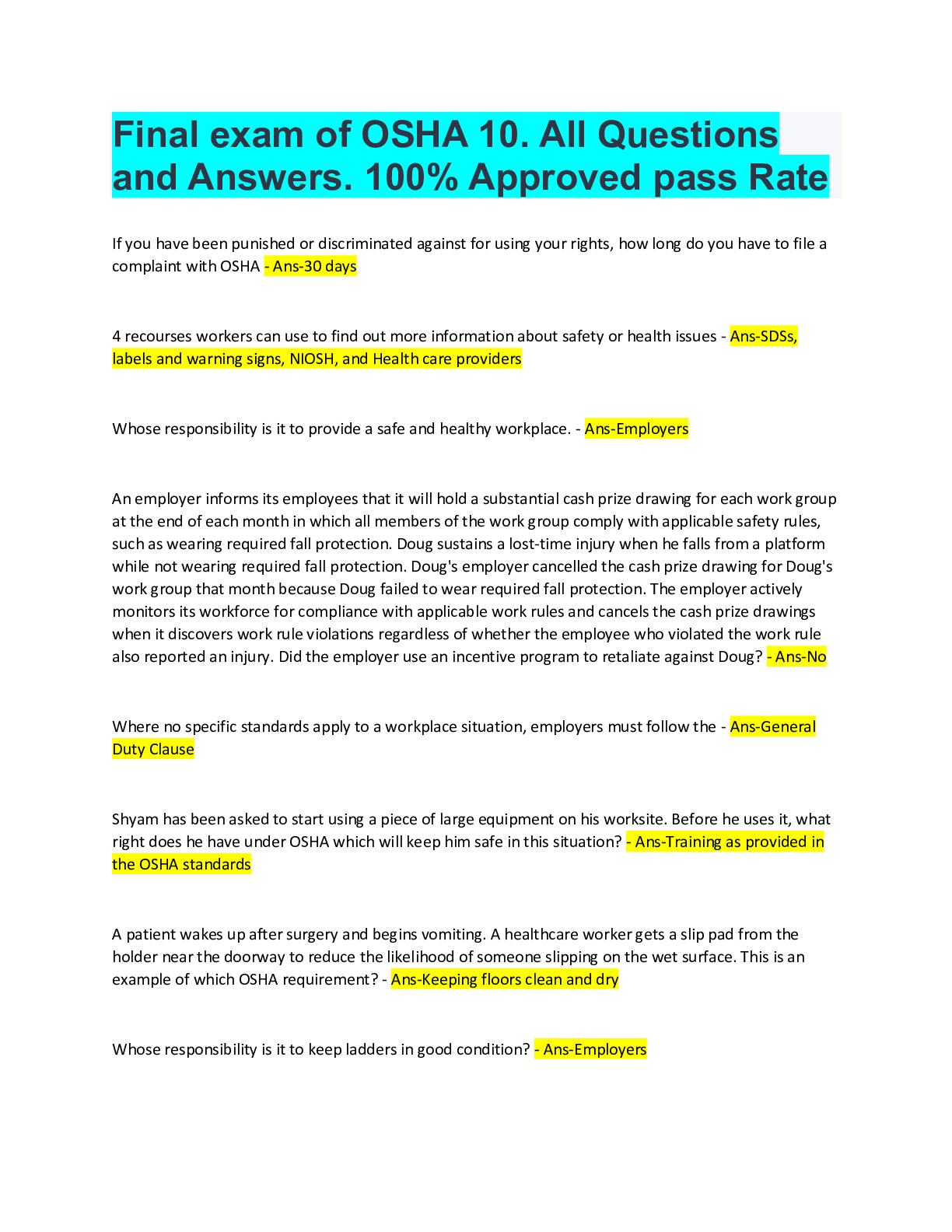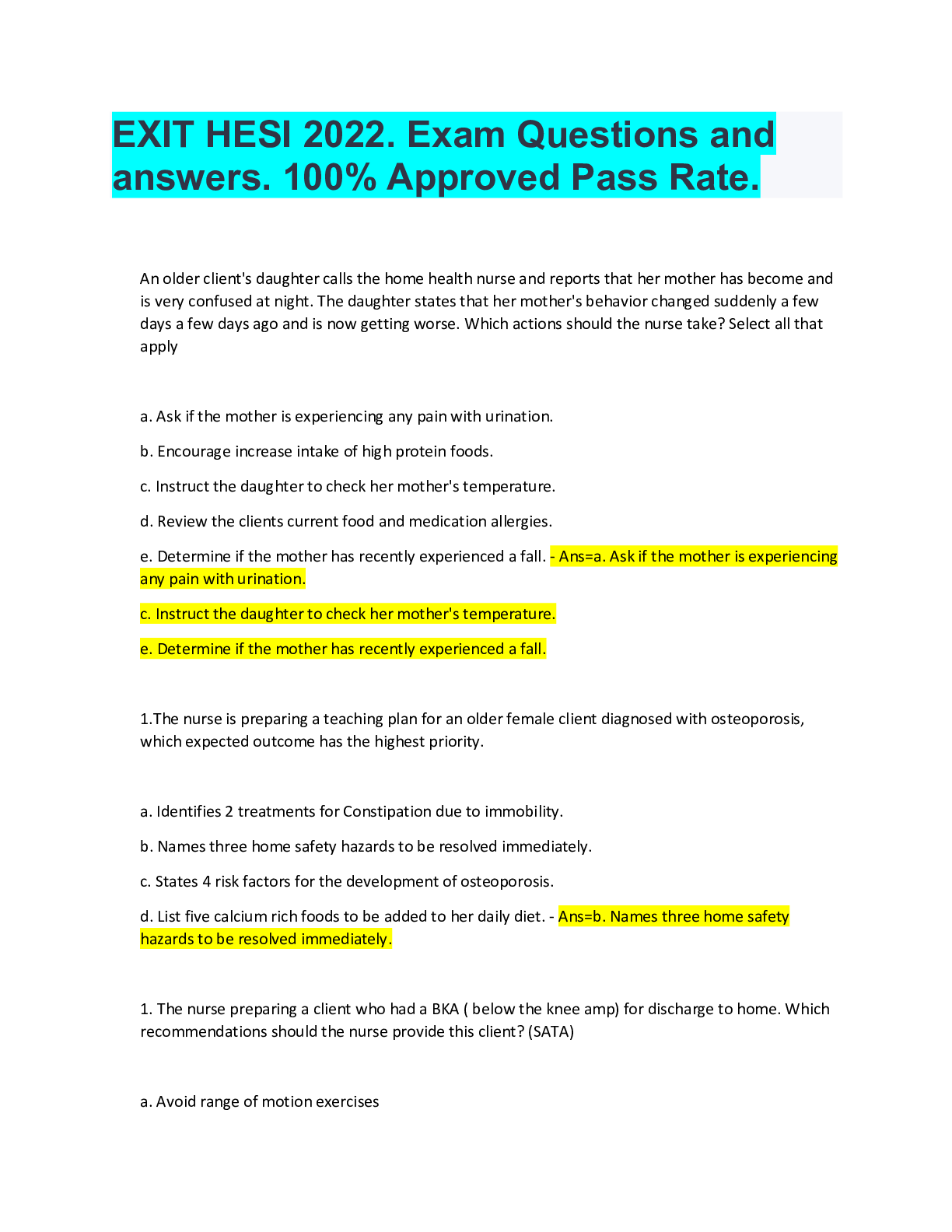*NURSING > QUESTIONS & ANSWERS > VSim for Nursing: Fundamentals: Vernon Russell Questions and Answers 100% Pass (All)
VSim for Nursing: Fundamentals: Vernon Russell Questions and Answers 100% Pass
Document Content and Description Below
VSim for Nursing: Fundamentals: Vernon Russell Questions and Answers 100% Pass When taking a patient's health history, which of the following does the nurse identify as risk factors for having a s... troke? (Select all that apply.) a) Diabetes Mellitus b) Smoking c) Recent weight loss d) Asthma e) Hypertension ✔✔a) Diabetes Mellitus b) Smoking e) Hypertension Explanation: Risk factors for stroke include hypertension, smoking, and diabetes. Obesity, not weight loss, is a risk factor for stroke. Asthma is not a risk factor for stroke. The nurse has an order to complete neurochecks every four hours. Which assessments would the nurse include in the neurological examination? (Select all that apply.) a) Range of motion b) Level of consciousness c) Sensory perception d) Cranial nerves e) Memory ✔✔b) Level of consciousness c) Sensory perception d) Cranial nerves e) Memory Explanation: Components of a neurological examination include memory, level of consciousness, sensory perception, cranial nerves, patterns of speech, and bilateral hand grips. Range of motion would be appropriate for a musculoskeletal assessment. The nurse is caring for four medical-surgical patients. Which patient should be assessed using the Glasgow Coma Scale? a) A 47-year-old patient who suffered a brain injury and lost consciousness in a motor vehicle accident. b) A 51-year-old patient with cancer who is experiencing episodes of anxiety and depression. c) An 85-year-old patient with dementia and increasing confusion. d) A 32-year-old patient who is paraplegic and has pneumonia. ✔✔a) A 47-year-old patient who suffered a brain injury and lost consciousness in a motor vehicle accident. Explanation: The Glasgow Coma Scale measures eye opening, verbal response, and motor response and is typically used with patients who have suffered a brain injury as a result of trauma. The nurse is evaluating a patient's neurological status. What should the nurse include when assessing a patient's level of awareness? ✔✔When assessing level of awareness, the nurse should assess Time (e.g., what is today's date? what day of the week is it?; Place (e.g., Where are you now? What is the name of this city?); and Person (e.g., What is your name? How old are you?). If the patient is oriented to time, place, amd person, the nurse would document that the patient is alert and oriented x 3. The nurse is caring for a patient who is suspected of having a stroke. What should be the nurse's first action to ensure patient safety when it appears the patient is having difficulty swallowing prescribed oral medication? a) Educate the patient to substantial risk of aspiration associated with a stroke. b) Schedule an immediate speech therapist swallow study c) Hold this dose of medication and make the patient NPO d) Notify the provider of the suspected problem ✔✔c) Hold this dose of medication and make the patient NPO. Explanation: Difficulty swallowing may lead to aspiration. The nurse's first action should be to hold the medication dose and make the patient NPO. The nurse should then notify the provider, who will probably order a swallow study. A patient is experiencing dysphagia following a stroke. How should the nurse position the patient when administering medications? a) Semi-Fowler's b) Supine c) High Fowler's d) Left lateral ✔✔c) High Fowler's Explanation: The nurse should position the patient as 90 degrees (High Fowler's) or should sit the patient upright in a chair. The nurse should not position the patient supine (on back), semiFowler's (45 degrees), or left lateral (on the side) during medication administration, because these positions can impede swallowing and the passage of food/liquids into the stomach. Which observation supports the possibility that a patient who has experienced a stroke has aspirated? (Select all that apply) a) Coughing b) Vomiting c) Hoarseness d) Reports of nausea e) Regurgitation into the mouth ✔✔a) Coughing c) Hoarseness e) Regurgitation into the mouth Explanation: When a stroke patient being coughing, demonstrates hoarseness, or regurgitates after swallowing, the nurse should evaluate the possibility of aspiration. Vomiting and nausea are not associated with aspiration. A patient with dysphagia following a stroke expresses concern about having difficulty eating and drinking. What is the appropriate reply by the nurse? a) You sound worried; tell me more about your concerns b) Muscle weakness frequently occurs after a stroke; we need to make sure that food is not going into your lungs c) We need to make sure your GI tract is working prior to giving you food. d) You will need to ask your provider ✔✔b) Muscle weakness frequently occurs after a stroke; we need to make sure that food is not going into your lungs Explanation: The appropriate reply by the nurse would be to explain that muscle weakness frequently occurs after a stroke. Making sure the GI tract is functioning would be an appropriate action to take after surgery. Telling the patient to ask the provider is inappropriate because the nurse is able to answer this question. Although the patient may seem worried, the question is specifically about patient teaching rather than therapeutic communication. The appropriate reply by the nurse would be to answer the question. [Show More]
Last updated: 8 months ago
Preview 1 out of 6 pages
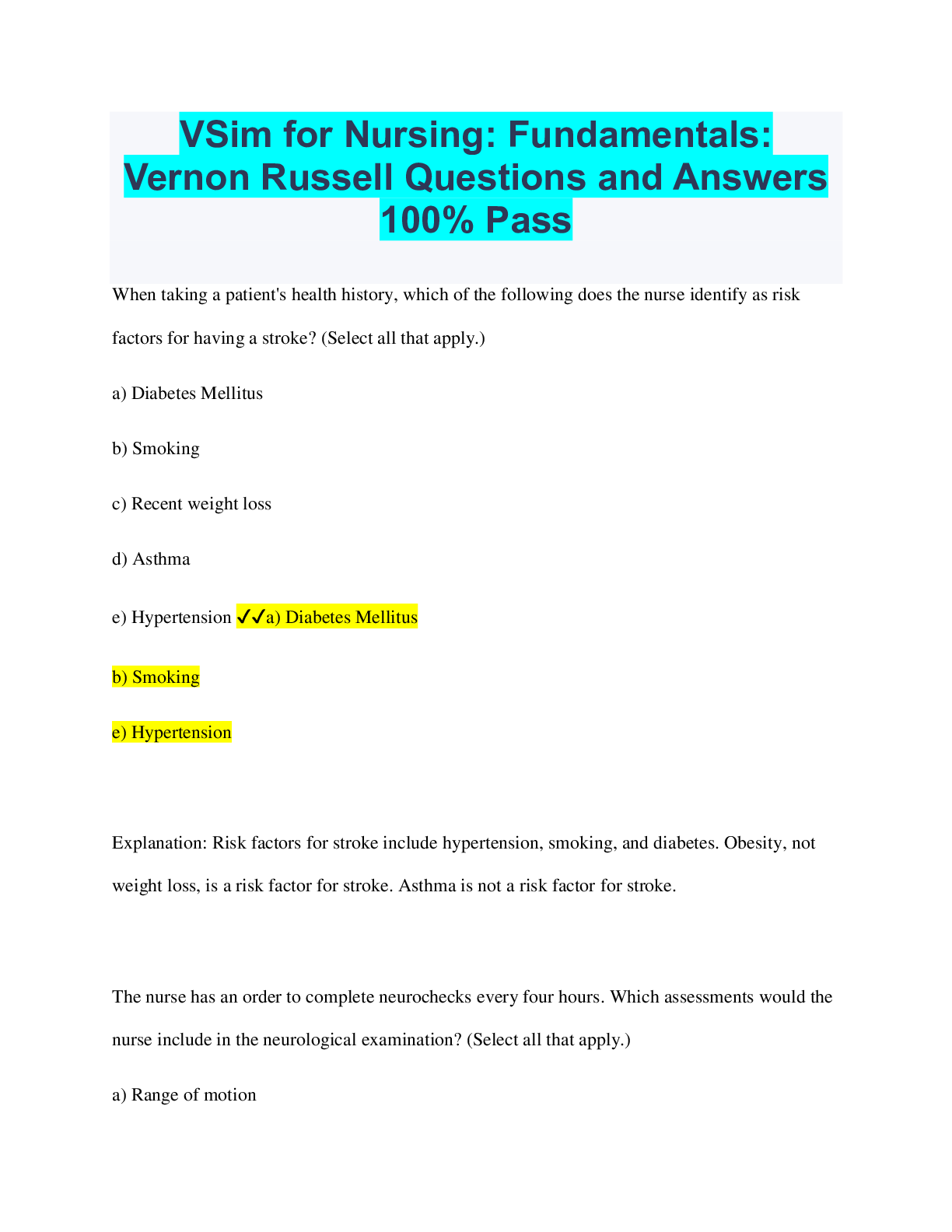
Reviews( 0 )
Document information
Connected school, study & course
About the document
Uploaded On
Sep 16, 2023
Number of pages
6
Written in
Additional information
This document has been written for:
Uploaded
Sep 16, 2023
Downloads
0
Views
126

.png)
.png)
.png)
.png)
.png)
.png)
.png)
.png)
.png)
.png)
.png)

.png)
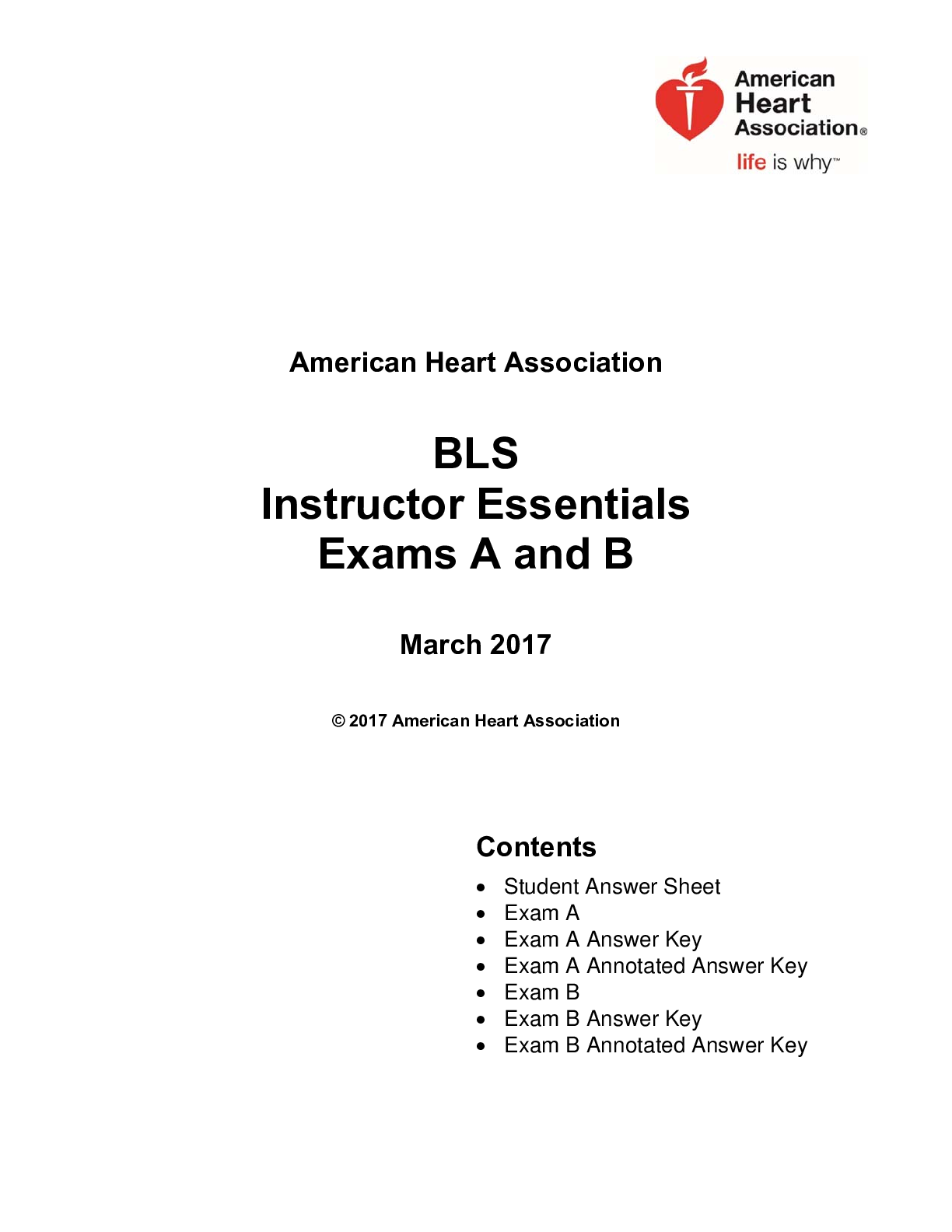
.png)
.png)


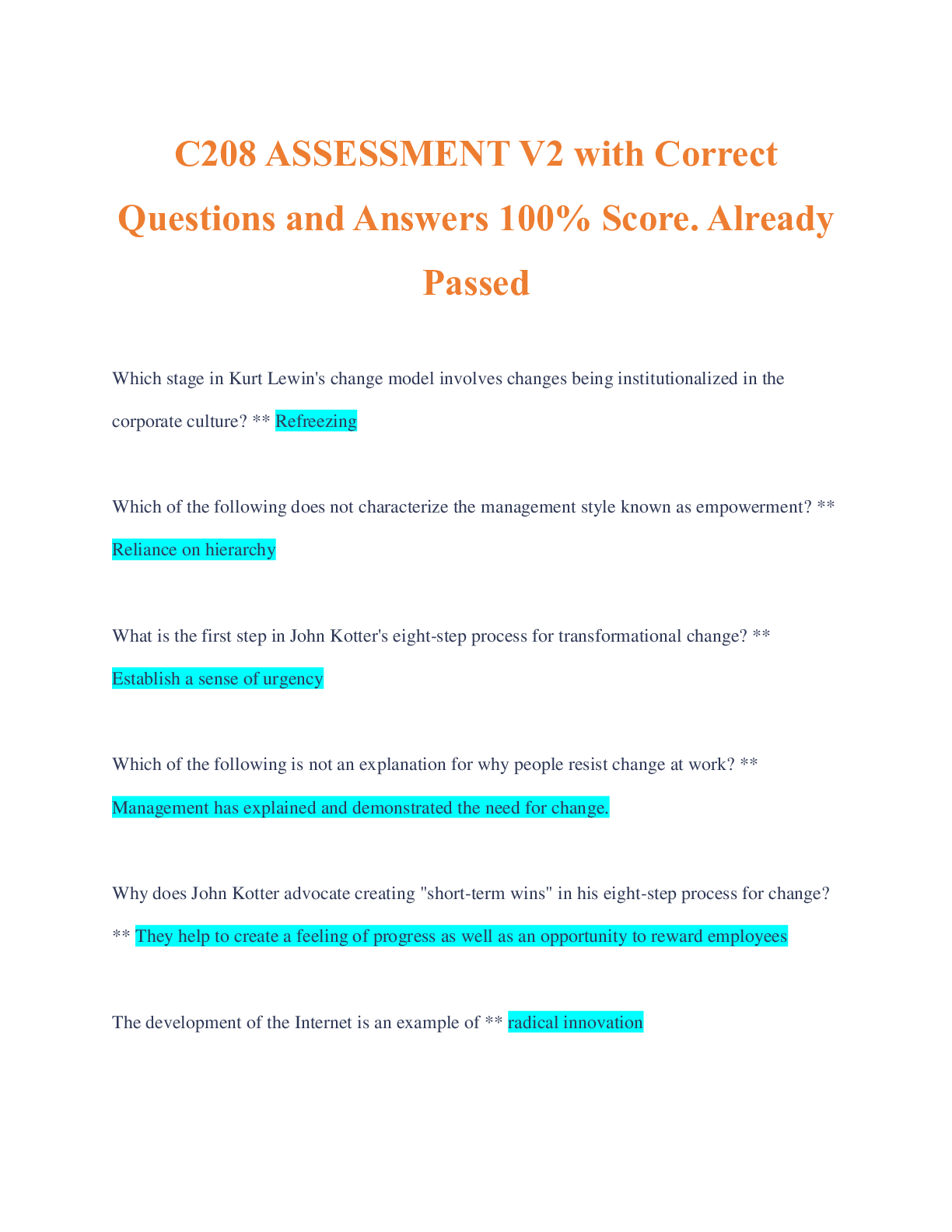
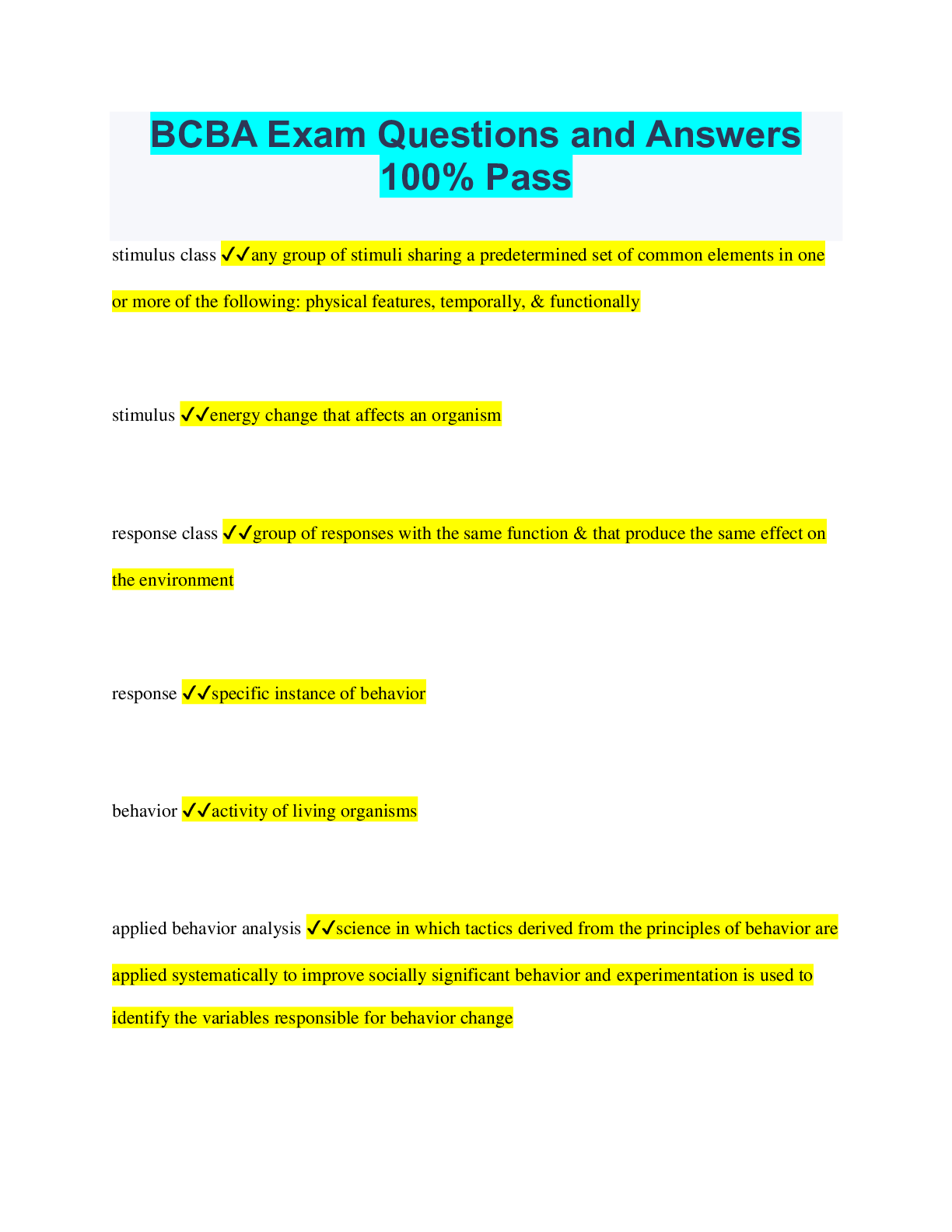
.png)
.png)
.png)
.png)
.png)
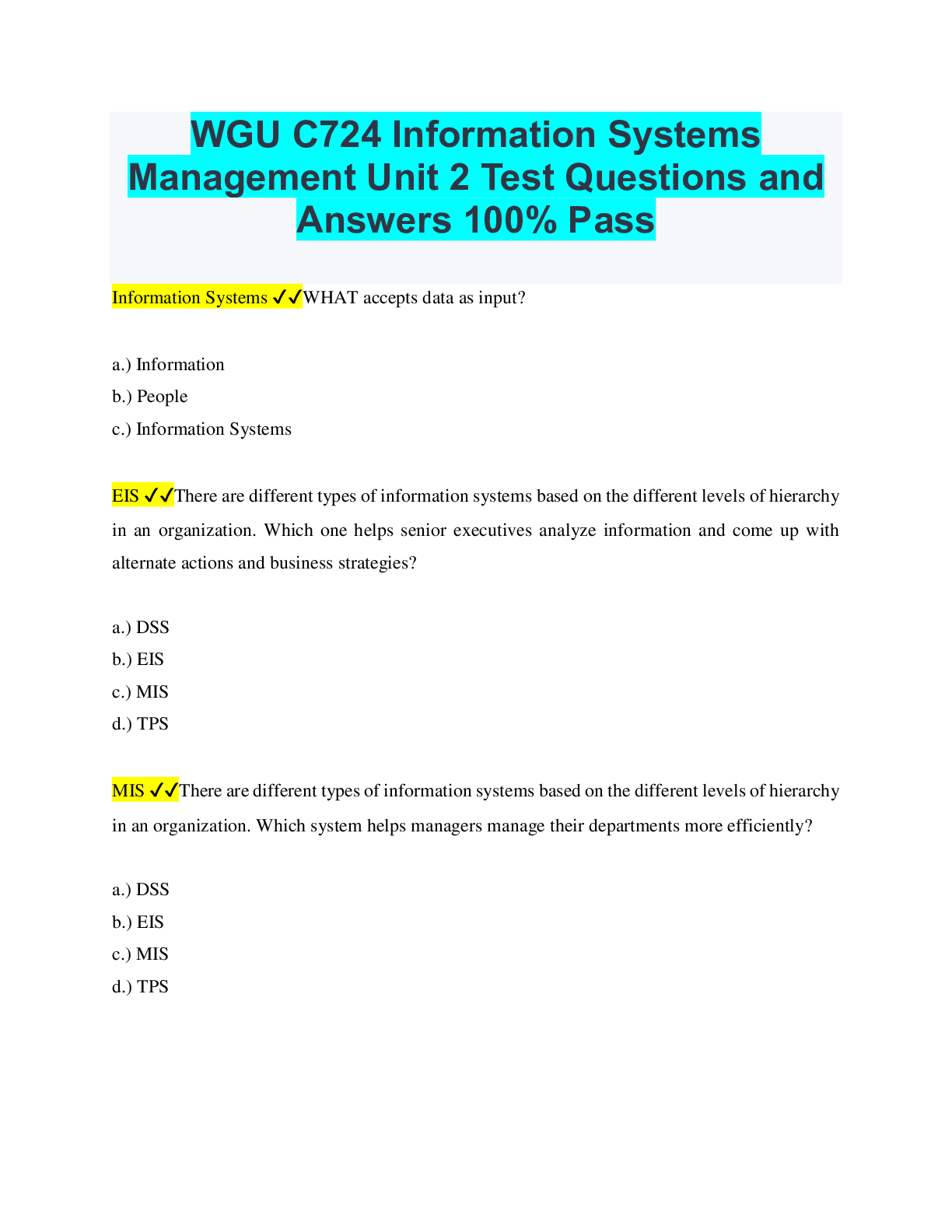
.png)
.png)
.png)
.png)
